How to Identify Edible Wild Mushrooms: A Beginner’s Guide to Foraging
Foraging for wild mushrooms is a fun and rewarding activity that can also be a great way to connect with nature. However, it can also be dangerous if you don’t know what you’re doing. Some wild mushrooms are poisonous and can cause serious health problems or even death if ingested. Therefore, it’s essential to know how to identify edible wild mushrooms before you start foraging.
The Importance of Proper Identification
Proper identification is critical when it comes to wild mushrooms. It’s essential to know the difference between edible and poisonous mushrooms to avoid any potential health risks. There are many different types of wild mushrooms, and some can look very similar to each other. Therefore, it’s crucial to learn how to identify mushrooms correctly.
Where to Find Edible Wild Mushrooms
Edible wild mushrooms can be found in many different habitats, including forests, fields, and even your own backyard. However, it’s essential to know which types of mushrooms grow in your area and which ones are safe to eat. Some mushrooms only grow in specific regions or climates, so it’s crucial to do your research before you start foraging.
How to Identify Edible Wild Mushrooms
Identifying edible wild mushrooms can be a challenge, but there are some key characteristics to look for. These include the shape, color, texture, and smell of the mushroom. It’s also essential to know the habitat where the mushroom grows, as well as its seasonality. One of the best ways to learn how to identify mushrooms is to take a guided foraging tour or attend a mushroom identification workshop.
Conclusion
Foraging for edible wild mushrooms can be a fun and rewarding activity, but it’s crucial to know how to identify them correctly. Proper identification is essential to avoid any potential health risks associated with consuming poisonous mushrooms. By following the tips in this beginner’s guide, you can safely enjoy the delicious flavors and health benefits of edible wild mushrooms.
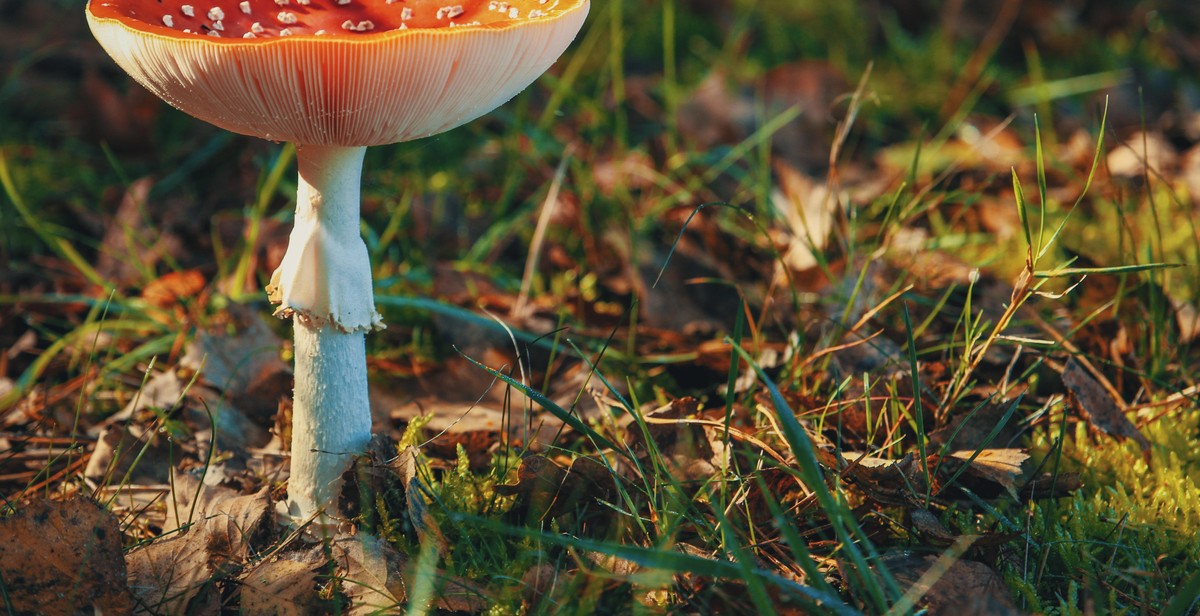
Why Foraging for Edible Wild Mushrooms is Exciting
Foraging for edible wild mushrooms is an exciting activity that brings a sense of adventure and thrill to the table. Here are some reasons why:
The Thrill of the Hunt
Foraging for edible wild mushrooms is like going on a treasure hunt. It requires a keen eye, patience, and a bit of luck to find the perfect mushrooms. The excitement of finding a rare and delicious mushroom is unmatched, and it can be a great source of satisfaction and accomplishment.
Connecting with Nature
Foraging for edible wild mushrooms is a great way to connect with nature. The activity takes you to the great outdoors, and it gives you an opportunity to appreciate the beauty of the natural world. You get to breathe in fresh air, listen to the sounds of the forest, and observe the flora and fauna of the area.
Nutritional and Culinary Benefits
Foraging for edible wild mushrooms is not only exciting, but it also has nutritional and culinary benefits. Wild mushrooms are a great source of protein, fiber, and essential vitamins and minerals. They are also low in calories and fat, making them a healthy addition to any diet. In addition, wild mushrooms have unique and delicious flavors that can add depth and complexity to any dish.
Overall, foraging for edible wild mushrooms is an exciting and rewarding activity that offers a range of benefits. It is important, however, to approach it with caution and respect for nature. Always research and educate yourself on the types of mushrooms you are foraging, and never consume a mushroom unless you are absolutely certain it is safe to eat.
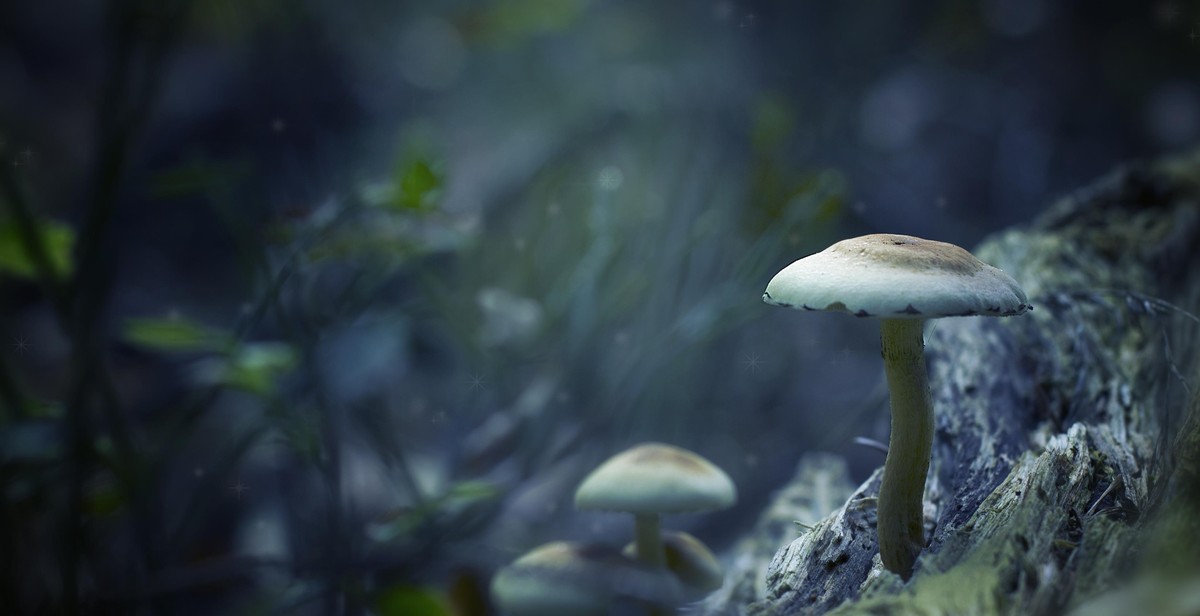
Safety First: How to Avoid Poisonous Mushrooms
Foraging for mushrooms can be a fun and rewarding activity, but it is important to remember that not all mushrooms are safe to eat. To avoid any potential health risks, it is crucial to follow some basic safety guidelines when foraging for mushrooms.
Know Your Mushrooms
The first step in avoiding poisonous mushrooms is to educate yourself on the different types of mushrooms that grow in your area. Take the time to research the different varieties of mushrooms and learn how to identify them. This will help you to distinguish between edible and poisonous mushrooms.
Learn to Identify Poisonous Mushrooms
There are many different types of poisonous mushrooms, and some of them can be deadly if ingested. It is important to learn how to identify these mushrooms and avoid them at all costs. Some common poisonous mushrooms include the death cap, the destroying angel, and the deadly webcap.
When identifying mushrooms, pay attention to their color, shape, and texture. Look for any distinctive features that can help you distinguish between edible and poisonous mushrooms.
When in Doubt, Throw it Out
If you are unsure about the safety of a mushroom, it is always best to err on the side of caution. Remember the saying, “when in doubt, throw it out.” Eating a poisonous mushroom can lead to serious health problems, and in some cases, it can be fatal.
Always inspect your mushrooms carefully and discard any that look suspicious. It is better to be safe than sorry when it comes to foraging for mushrooms.
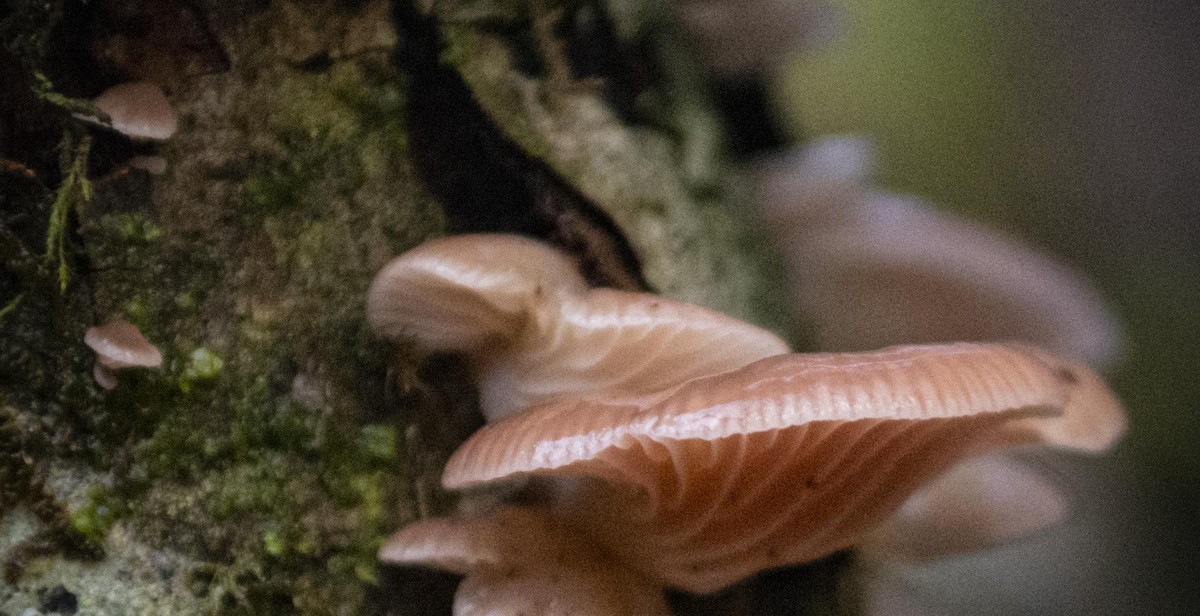
Identifying Edible Wild Mushrooms
Foraging for edible wild mushrooms can be a fun and rewarding experience, but it is important to know how to identify the right mushrooms to avoid any potential health risks. Here are some tips for identifying edible wild mushrooms:
1. Look for the Right Environment
Wild mushrooms grow in a variety of environments, but certain types of mushrooms thrive in specific conditions. For example, chanterelles tend to grow near oak trees, while morels are often found in areas that have recently experienced a forest fire. Research the types of mushrooms that grow in your area and look for them in the appropriate environment.
2. Take Note of Mushroom Characteristics
There are several characteristics to look for when identifying wild mushrooms. Pay attention to the color, shape, texture, and size of the mushroom. Many edible mushrooms have distinctive features, such as the gills on the underside of a mushroom cap or the stem’s color and texture. Be sure to also look for any signs of decay or insect infestation.
3. Use a Guidebook or App
One of the best ways to ensure that you are identifying edible wild mushrooms correctly is to use a guidebook or app. There are many resources available that provide detailed descriptions and images of various types of mushrooms. Make sure to use a reputable source and cross-reference the information to ensure accuracy.
By following these tips, you can safely identify and enjoy a variety of delicious wild mushrooms.
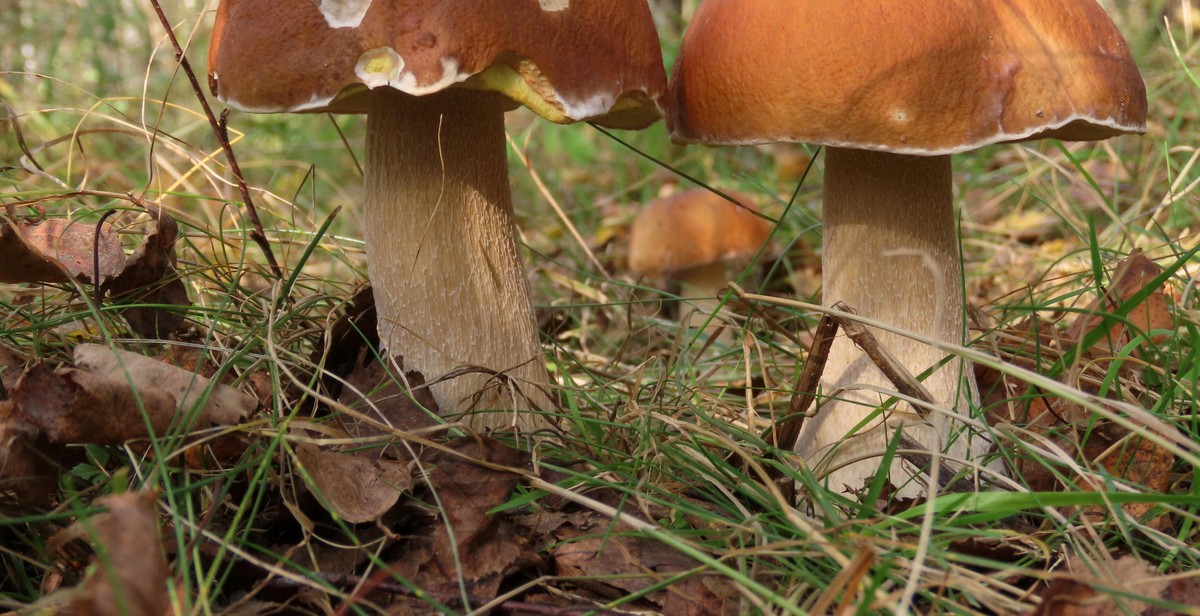
Popular Edible Wild Mushrooms to Forage
Foraging for wild mushrooms can be a fun and rewarding experience, but it’s important to be able to identify which mushrooms are safe to eat. Here are some of the most popular edible wild mushrooms to look out for:
1. Morel Mushrooms
Morel mushrooms are highly sought after by foragers due to their distinct flavor and meaty texture. They can be found in wooded areas, particularly around dead or dying trees. Morels have a honeycomb-like cap and stem that is hollow. They are best eaten cooked and can be used in a variety of dishes, including soups, sauces, and sautés.
2. Chanterelle Mushrooms
Chanterelle mushrooms have a delicate, fruity flavor and a meaty texture. They can be found in wooded areas, particularly near oak and beech trees. Chanterelles have a distinctive trumpet or funnel-shaped cap with ridges and a stem that is the same color as the cap. They are best eaten cooked and can be used in a variety of dishes, including risottos, pastas, and omelets.
3. Porcini Mushrooms
Porcini mushrooms are known for their rich, nutty flavor and meaty texture. They can be found in wooded areas, particularly near coniferous trees. Porcinis have a distinctive round cap with a thick stem that is white at the base and brown at the top. They are best eaten cooked and can be used in a variety of dishes, including soups, stews, and pastas.
4. Hen of the Woods Mushrooms
Hen of the Woods mushrooms, also known as maitake mushrooms, have a rich, earthy flavor and a meaty texture. They can be found at the base of oak trees or in wooded areas. Hen of the Woods mushrooms have a distinctive fan-like shape with a thick stem and are often found in clusters. They are best eaten cooked and can be used in a variety of dishes, including stir-fries, soups, and sautés.
| Mushroom | Flavor | Texture | Where to Find | Best Eaten Cooked In |
|---|---|---|---|---|
| Morel | Distinct, meaty | Firm | Wooded areas near dead or dying trees | Soups, sauces, sautés |
| Chanterelle | Delicate, fruity | Meaty | Wooded areas near oak and beech trees | Risottos, pastas, omelets |
| Porcini | Rich, nutty | Meaty | Wooded areas near coniferous trees | Soups, stews, pastas |
| Hen of the Woods | Rich, earthy | Meaty | Base of oak trees or wooded areas | Stir-fries, soups, sautés |

Preparing and Cooking Wild Mushrooms
Before cooking wild mushrooms, it is important to properly clean them to remove any dirt or debris. Start by gently wiping the mushrooms with a damp cloth or paper towel to remove any surface dirt. For mushrooms with a lot of dirt or debris, you can also rinse them quickly under cold running water. However, avoid soaking them as they can absorb water and become soggy.
Cooking Techniques
The cooking technique used for wild mushrooms largely depends on the type of mushroom and its texture. Some mushrooms, like morels, are delicate and should be cooked quickly over high heat. Others, like chanterelles, have a meaty texture and can be cooked for longer periods of time.
One popular cooking method for wild mushrooms is sautéing. Simply heat up a pan with some oil or butter, add the mushrooms and cook until they are browned and tender. You can also grill or roast wild mushrooms for a smoky flavor.
Recipe Ideas
Wild mushrooms are a versatile ingredient that can be used in a variety of dishes. Here are a few recipe ideas to get you started:
- Mushroom risotto
- Wild mushroom soup
- Grilled mushroom skewers
- Mushroom and goat cheese tart
Remember to always properly identify wild mushrooms before consuming them and to cook them thoroughly to avoid any potential health risks.
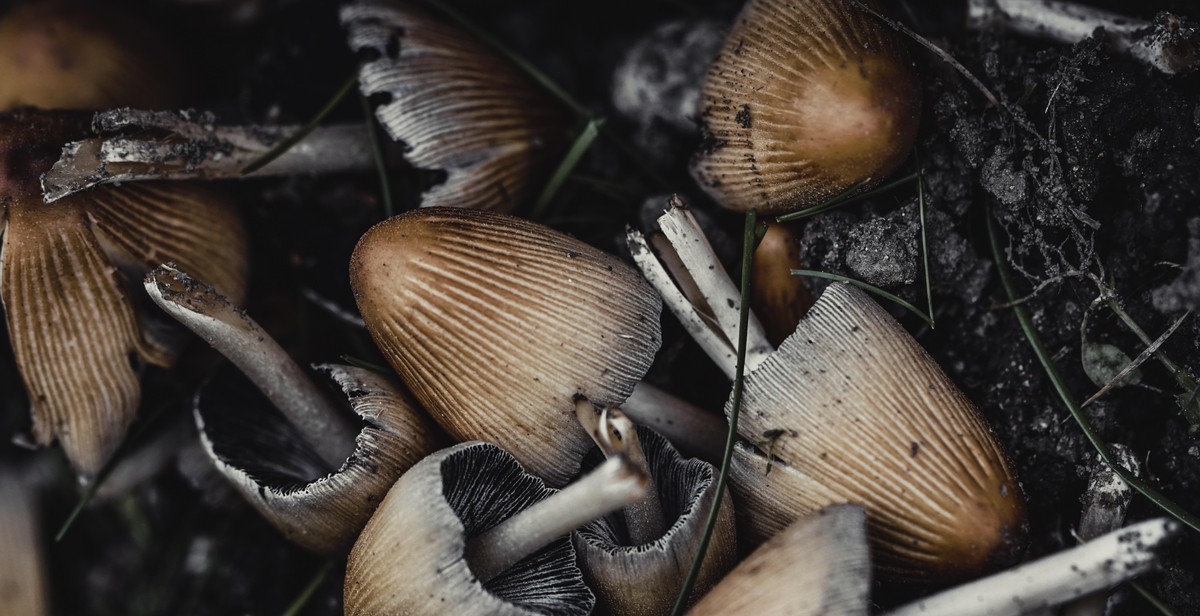
Conclusion
Foraging for edible wild mushrooms can be a rewarding experience for those who are interested in nature and appreciate the taste of fresh, organic food. However, it is important to be cautious and knowledgeable about the different types of mushrooms that are safe to eat and those that are poisonous. In this beginner’s guide to foraging, we have covered the basics of identifying edible wild mushrooms, including:
- The importance of using a field guide and consulting with an expert
- The characteristics of edible mushrooms, such as their cap, gills, stem, and spores
- The dangers of poisonous mushrooms, including the deadly Amanita species
- The proper techniques for harvesting and preparing wild mushrooms
Remember, foraging should always be done responsibly and ethically. Make sure to obtain any necessary permits, respect the environment and follow the principles of Leave No Trace. With the right knowledge and precautions, foraging can be a fun and sustainable way to connect with nature and enjoy delicious, nutritious food.
| Resource | Link |
| North American Mycological Association | https://namyco.org/ |
| Wild Mushrooming: A Guide for Foragers | https://www.amazon.com/Wild-Mushrooming-Guide-Foragers-Edible/dp/1604693156 |
For more information and resources on foraging for edible wild mushrooms, check out the North American Mycological Association website or the book Wild Mushrooming: A Guide for Foragers by Alison Pouliot. Happy foraging!
